In the dynamic world of digital marketing, where consumer trust is a precious commodity, brands are constantly seeking authentic and effective ways to connect with their audience. Traditional advertising, with its polished and often impersonal nature, is losing its grip on a generation that values genuine experiences and peer-to-peer recommendations. This is where user-generated content (UGC) and storytelling via social media emerge as a powerful and transformative strategy. By shifting the narrative from a one-sided conversation to a collaborative dialogue, brands can build trust, foster community, and create a resonant brand story that truly engages their audience.
The Power of Authenticity and Social Proof
The core strength of UGC lies in its inherent authenticity. Unlike a carefully curated advertisement, UGC is created by real customers, reflecting their genuine experiences with a product or service. This “social proof” is a psychological phenomenon where people are more likely to trust and be influenced by the actions and opinions of others, especially their peers. When potential customers see unpolished photos, honest reviews, or heartfelt testimonials from people just like them, it lends a level of credibility that traditional marketing can rarely achieve.
For instance, a brand’s professionally shot photo of a product is compelling, but a customer’s snapshot of the same product in their home, showcasing its real-world use and value, is far more relatable. This is why brands that effectively leverage UGC often see significant increases in engagement, click-through rates, and conversion rates. The content acts as a powerful endorsement, bridging the gap between a brand’s promise and its real-world delivery.
Building a Collaborative Brand Narrative
Social media is not just a broadcasting platform; it’s a space for conversation and community building. By integrating UGC into their social media strategy, brands can invite their customers to become co-authors of their brand story. This collaborative approach transforms the brand-consumer relationship from a transactional one to a partnership.
Through branded hashtags, contests, and challenges, brands can actively encourage their audience to share their unique experiences. A clothing brand, for example, might launch a campaign with a hashtag like #MyStyleStory, asking customers to post photos of themselves styling the brand’s apparel. This not only generates a wealth of authentic content but also creates a shared narrative where the brand’s identity is defined by the diverse stories of its community. This approach makes the brand feel more human, relatable, and inclusive, as it celebrates the individuality of its customers.
Strategies for Effective UGC and Storytelling
To successfully leverage UGC, brands must adopt a strategic approach. It’s not enough to simply wait for content to appear; a proactive plan is essential.
- Set Clear Goals and Guidelines: Before launching a UGC campaign, brands should define their objectives. Is the goal to increase brand awareness, drive sales, or build a community? Clear goals will inform the type of content to seek and the platforms to use. Brands must also establish clear guidelines, perhaps through a branded hashtag and a call to action, to ensure the content aligns with their brand values.
- Curate and Repurpose Content: A continuous stream of high-quality UGC is a valuable asset. Brands should have a system in place to discover, curate, and repurpose the best content. This could involve monitoring branded hashtags, engaging with tagged posts, and even using tools to manage the process. Once permission is obtained from the content creator, the content can be shared across various platforms, including social media feeds, websites, and email newsletters, amplifying its reach and impact.
- Engage and Acknowledge Contributors: The relationship with the content creator is paramount. Brands must actively engage with and acknowledge the individuals who contribute UGC. This can be as simple as a “thank you” comment, a direct message, or a featured post. Crediting the creator not only shows respect but also encourages further participation, as users feel valued and recognized for their contribution.
- Weave UGC into the Brand Story: The most effective use of UGC is to integrate it seamlessly into the brand’s broader narrative. Instead of just being standalone posts, UGC should be used to illustrate key aspects of the brand story. For instance, a coffee brand could use a customer’s photo of a quiet morning with their brew to tell a story about slow living and mindful moments. This weaving of user stories into the brand’s own narrative strengthens the emotional connection with the audience and makes the brand’s message more relatable.
In conclusion, leveraging user-generated content and storytelling on social media is more than just a marketing tactic; it’s a fundamental shift in how brands communicate and connect with their audience. By embracing authenticity, fostering a collaborative narrative, and strategically integrating real customer stories, brands can move beyond traditional advertising and build a powerful, loyal community that is not only a consumer but a vital part of the brand’s identity.
